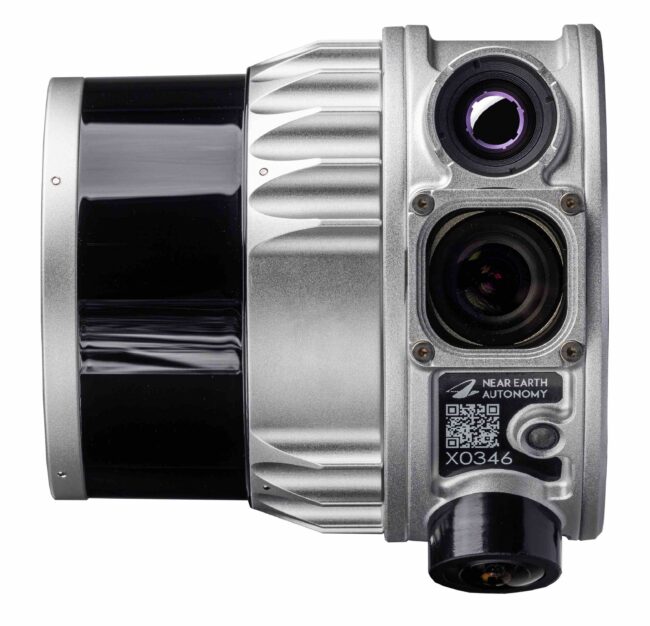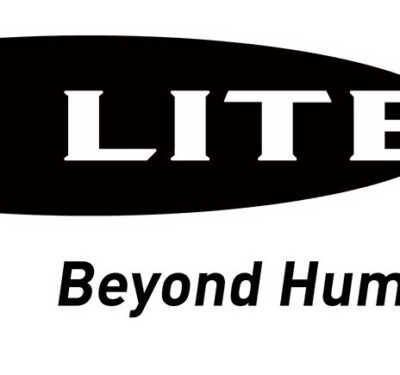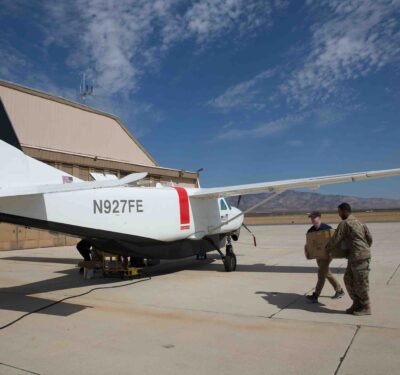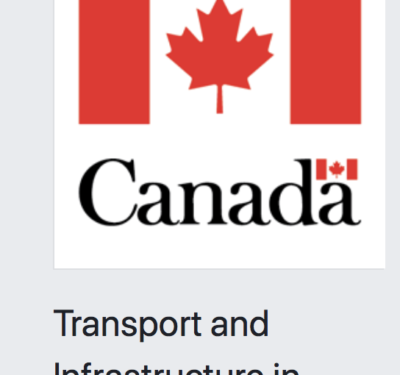In support of the U.S. Navy (NAVAIR PMA-263), SURVICE Engineering (SURVICE) awarded Near Earth Autonomy (Near Earth) a $790,000 contract to deliver and support miniaturized autonomy systems under their prime contract for the U.S. Marine Corps Tactical Resupply Unmanned Aircraft System (TRUAS) program.

This award is part of a larger contract, valued at $4.6 million, supporting integration and demonstration efforts. The funding aligns with the Marine Corps initiative to enhance autonomous resupply capabilities in contested and confined environments. The autonomous UAS, a Group 3 TRV-150 platform provided by prime contractor (SURVICE) and their partner Malloy Aeronautics, is designed to deliver critical supplies to small units in austere, limited-access areas. It enables rapid resupply and routine distribution with unmatched speed and precision.
Following its delivery this summer, NAVAIR will use the integrated UAS to refine CONOPS in contested logistics.
Autonomy for Contested Logistics
TRUAS provides frontline units with essential supplies while reducing risk to personnel. Traditional
resupply methods are challenged by rough terrain and unpredictable conditions, requiring careful route
planning and skilled handling. The Firefly autonomy system overcomes these limitations, enabling
mission planning without prior knowledge of obstacles along the route or assurance that the landing site is level and clear.
Near Earth’s lightweight Firefly system provides advanced environmental perception and intelligent
flight capabilities, enabling TRUAS to autonomously:
- Detect hazards such as trees, buildings, rocks, vehicles, and ditches;
- Identify safe flight paths and landing zones, enabling mission planning without prior knowledge
- of obstacles; and
- Maintain high cargo capacity and range while increasing mission assurance.

A History of Autonomous Aerial Logistics System Innovation
Near Earth’s miniaturized systems build on over a decade of innovation in autonomous aerial logistics,
starting with helicopter systems and adapting them for the weight requirements of small UAS. The
progression began with the Autonomous Aerial Cargo/Utility System (AACUS), which pioneered
rotorcraft autonomy for Marine Corps resupply and demonstrated the feasibility of autonomous
helicopter operations in austere environments.
Building on this foundation, Near Earth miniaturized the system and applied it to the Talon Joint
Capability Technology Demonstration (JCTD) for Unmanned Logistics Systems – Air (ULS-A),
demonstrating autonomy for small, uncrewed aircraft capable of operating in confined areas.
The Firefly system is the latest advancement in this progression, providing autonomous capabilities in a form factor to enable small cargo UAS operations in contested and confined environments for the Navy and Marine Corps TRUAS program. Integration and Strategic Impact Near Earth’s miniaturized system integrates with the TRUAS platform to provide precise navigation and landing capabilities while maintaining high cargo payload capacity.
These capabilities enable TRUAS to operate effectively in confined and contested environments, increasing operational effectiveness while reducing risk to personnel. This system is part of Near Earth’s broader efforts to enable autonomous logistics across scale, from small UAS to large helicopters. About Near Earth Autonomy Near Earth’s technology allows aircraft to autonomously take off, fly, and land safely, with or without GPS. Their solutions enable aerial mobility applications for partners in the commercial and defense sectors. Near Earth bridges the gap between aerospace and robotics with complete systems that improve efficiency, performance, and safety for aircraft ranging from small drones to full-size helicopters.






